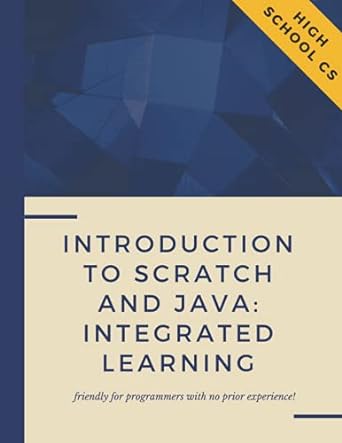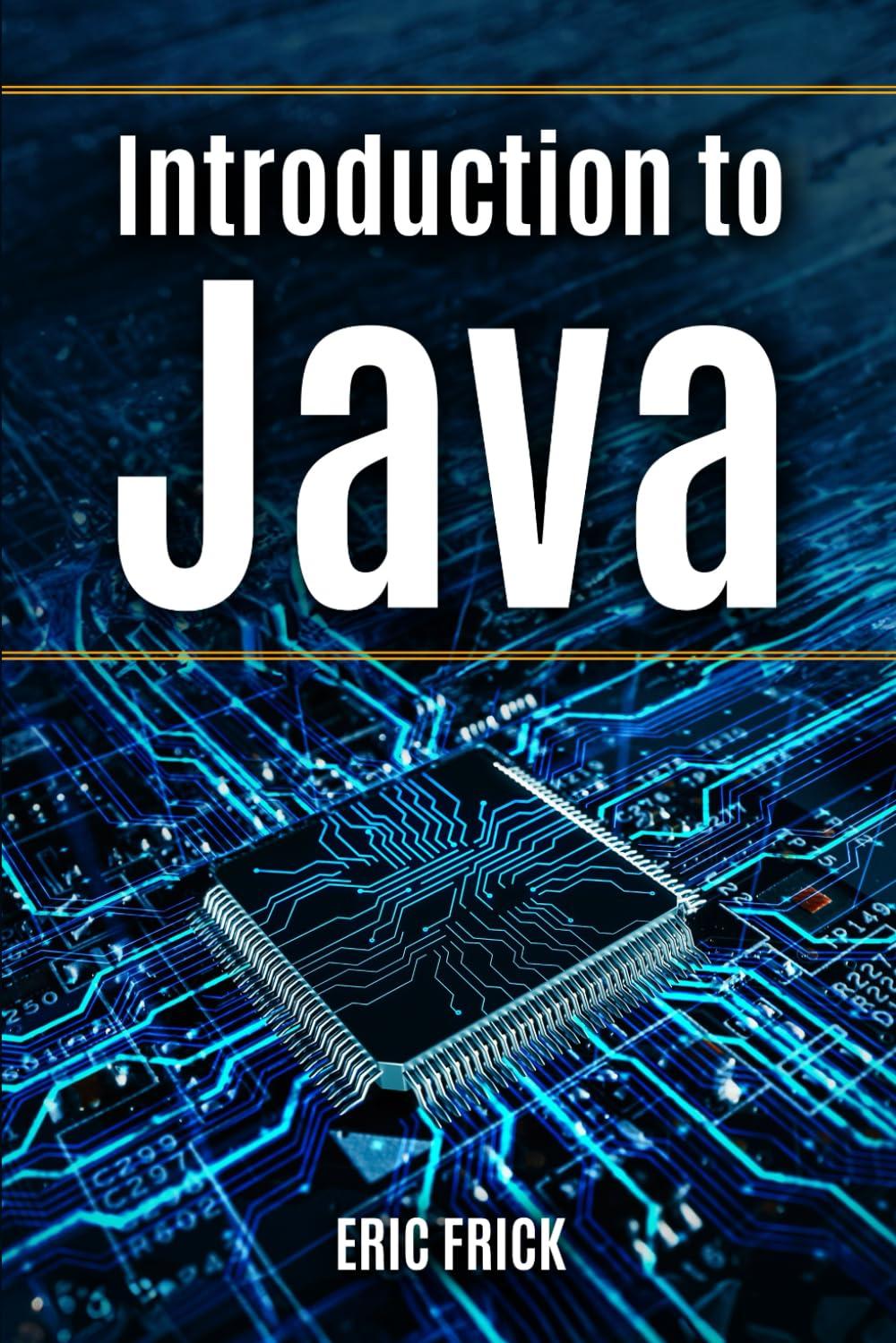Go back


Introduction To Software Design With Java(2nd Edition)
Authors:
Martin P. Robillard

Cover Type:Hardcover
Condition:Used
In Stock
Include with your book
Free shipping: April 03, 2024Popular items with books
Access to 3 Million+ solutions
Free ✝
Ask 10 Questions from expert
200,000+ Expert answers
✝ 7 days-trial
Total Price:
$0
List Price: $35.56
Savings: $35.56(100%)
Book details
ISBN: 3030978982, 978-3030978983
Book publisher: Springer
Get your hands on the best-selling book Introduction To Software Design With Java 2nd Edition for free. Feed your curiosity and let your imagination soar with the best stories coming out to you without hefty price tags. Browse SolutionInn to discover a treasure trove of fiction and non-fiction books where every page leads the reader to an undiscovered world. Start your literary adventure right away and also enjoy free shipping of these complimentary books to your door.
Introduction To Software Design With Java 2nd Edition Summary: This textbook provides an in-depth introduction to software design, with a focus on object-oriented design, and using the Java programming language. Its goal is to help readers learn software design by discovering the experience of the design process. To this end, the text follows a continuous narrative that introduces each element of design know-how in context, and explores alternative solutions in that context. This narrative is complemented by hundreds of code fragments and design diagrams.The first chapter is a general introduction to software design and the subsequent chapters cover design concepts and techniques. The concepts and techniques covered include interfaces, encapsulation, inheritance, design patterns, composition, functional-style design, unit testing, and many more. A major emphasis is placed on coding and experimentation as a necessary complement to reading the text. To support this aspect of the learning process, a companion website with practice exercises is provided, as well as two complete sample applications. Guidance on these sample applications is provided in “Code Exploration” insets throughout the book. Although the Java language is used as a means of conveying design-related ideas, the book’s main goal is to address concepts and techniques that are applicable in a host of technologies. This second edition covers additional design techniques such as input validation and dependency injection. It also provides extended and revised treatment of many core subjects, including polymorphic copying, unit testing, the Observer pattern, and functional-style programming. This book is intended for readers who have a minimum of programming experience and want to move from writing small programs and scripts to tackling the development of larger systems. This audience naturally includes students in university-level computer science and software engineering programs. As the prerequisites to specific computing concepts are kept to a minimum, the content is also accessible to programmers with no previous background in computing. In a similar vein, understanding the code fragments requires only a minimal grasp of the Java language, such as would be taught in an introductory programming course.
Customers also bought these books
Frequently Bought Together
Top Reviews for Books
Si yu
( 5 )
"Delivery was considerably fast, and the book I received was in a good condition."










